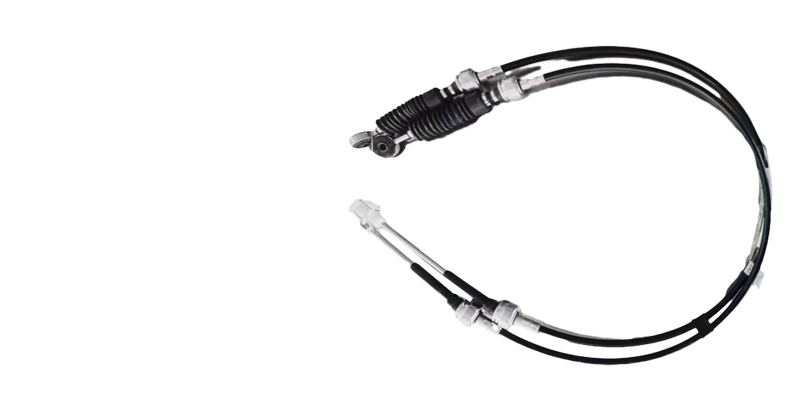hand brake cable
Understanding Hand Brake Cables Importance, Functionality, and Maintenance
The hand brake, often referred to as the emergency brake or parking brake, is an essential component in vehicles, ensuring that the car remains stationary when parked. One of the key elements of this system is the hand brake cable, a critical component that plays a vital role in the effectiveness of the hand brake. This article delves into the structure, functioning, and maintenance of hand brake cables, emphasizing their importance in vehicle safety.
The Structure of Hand Brake Cables
Hand brake cables are typically made of high-strength steel wire, which provides the necessary durability and flexibility required for effective operation. These cables are encapsulated in a plastic or rubber sheath that protects them from environmental damage, reduces friction, and facilitates smooth movement. The cable itself runs from the hand brake lever, located in the car's interior, to the rear brake assembly, where it engages the brake shoes or pads.
Functionality of Hand Brake Cables
When the driver pulls the hand brake lever, the action pulls on the cable, which transmits force to the braking mechanism. This engagement applies the brakes, locking the rear wheels and preventing the vehicle from rolling. The efficacy of this system is critical, especially when parking on inclines or uneven surfaces. Cables must be taut and in good condition to ensure that the brakes engage fully and securely.
Over time, hand brake cables can stretch, fray, or rust, which may impede their ability to function correctly. If the cables become too worn, they may not hold the brake effectively, leading to potential safety hazards. Therefore, understanding the signs of wear or failure and monitoring the cable's condition is paramount for every vehicle owner.
Maintenance of Hand Brake Cables
hand brake cable

Regular maintenance is essential to ensure the longevity and reliability of hand brake cables. Here are some tips for keeping these cables in optimal condition
1. Regular Inspections Regularly check the hand brake cable for visible signs of damage, such as fraying or rust. Inspect the cable protectors for wear and tear, and ensure there are no obstructions or kinks in the cable path.
2. Tension Adjustment The hand brake lever should feel firm when pulled. If it pulls too far without engaging the brakes, it may be time to adjust the tension of the hand brake cable. Most vehicles come with a tension adjustment mechanism, usually located under the hand brake lever or at the cable ends.
3. Lubrication Applying a suitable lubricant to the exposed parts of the hand brake cable can help reduce friction and improve the cable's movement. This should be done cautiously to avoid oversaturating, which could attract dirt and grime.
4. Professional Maintenance If there are persistent issues with your hand brake, such as difficulty in engaging the brake or inconsistent performance, it is advisable to seek professional assistance. A qualified mechanic can quickly diagnose and repair any issues related to the hand brake system, including cable replacement if necessary.
Conclusion
In summary, the hand brake cable is a vital component of the vehicle's braking system that plays a crucial role in ensuring safety and security when parked. Understanding its functionality, recognizing the signs of wear, and performing regular maintenance can help prevent potential braking issues and extend the life of your vehicle's hand brake system. Remember, a well-maintained hand brake not only ensures peace of mind but also contributes significantly to your vehicle's overall safety on the road.
-
Upgrade Your Control with Premium Throttle CablesNewsAug.08,2025
-
Stay in Control with Premium Hand Brake CablesNewsAug.08,2025
-
Experience Unmatched Performance with Our Clutch HosesNewsAug.08,2025
-
Ensure Safety and Reliability with Premium Handbrake CablesNewsAug.08,2025
-
Enhance Your Vehicle with High-Performance Clutch LinesNewsAug.08,2025
-
Elevate Your Ride with Premium Gear CablesNewsAug.08,2025
